OVERVIEW
The market size for wearable medical devices is expected to hit USD 19.7 billion by 2024, growing over the forecast period at a CAGR of 17.7%. Factors such as technological advances in medical devices, increased smartphone penetration and increased number of wearable device-compatible smartphone-based healthcare apps, increased preference for wireless connectivity among healthcare providers, and increased awareness of physical fitness are driving this market’s growth.
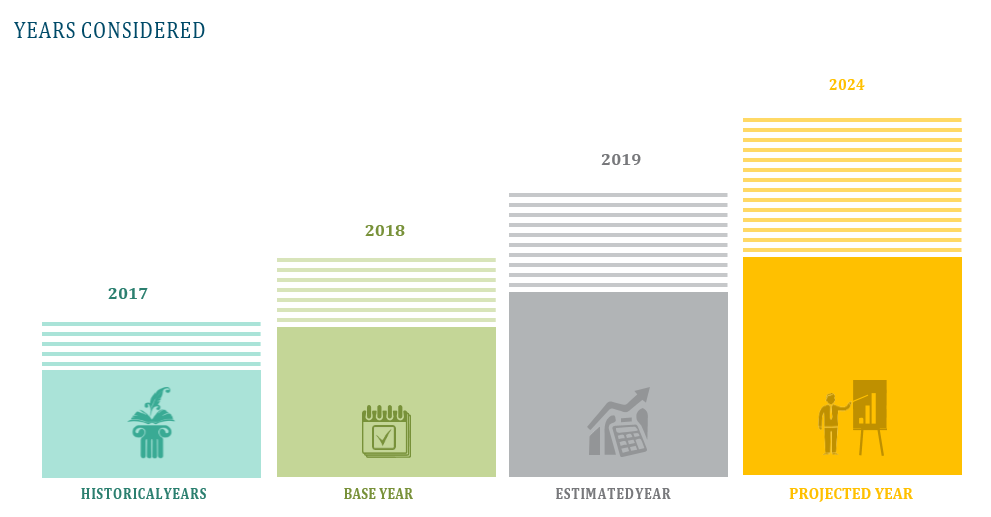


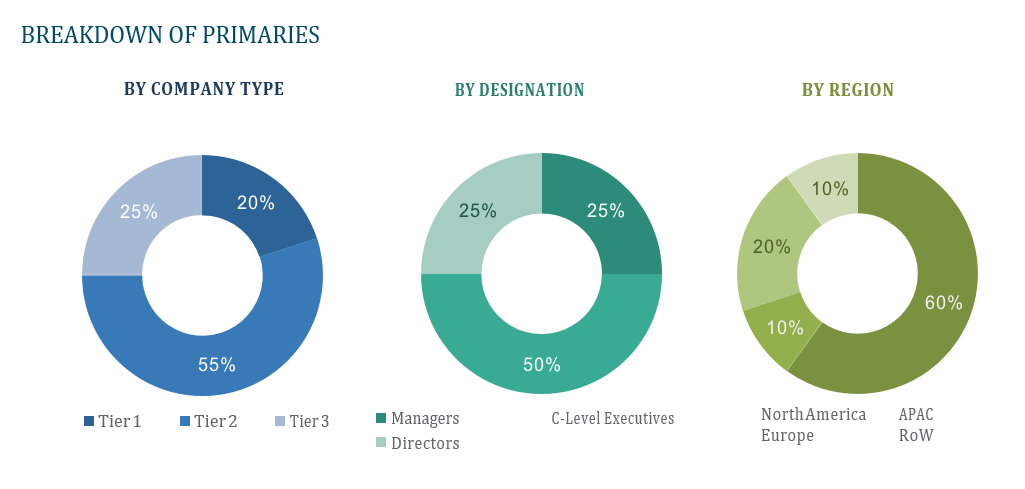
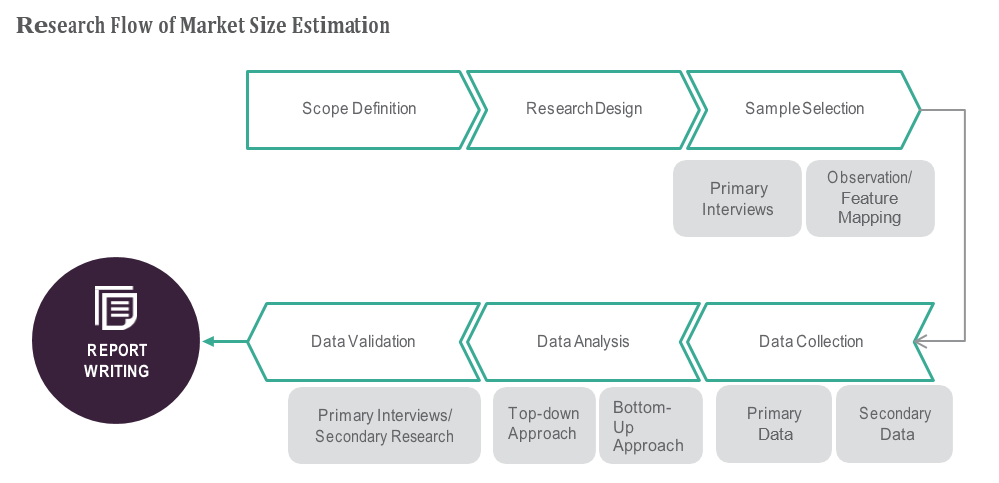

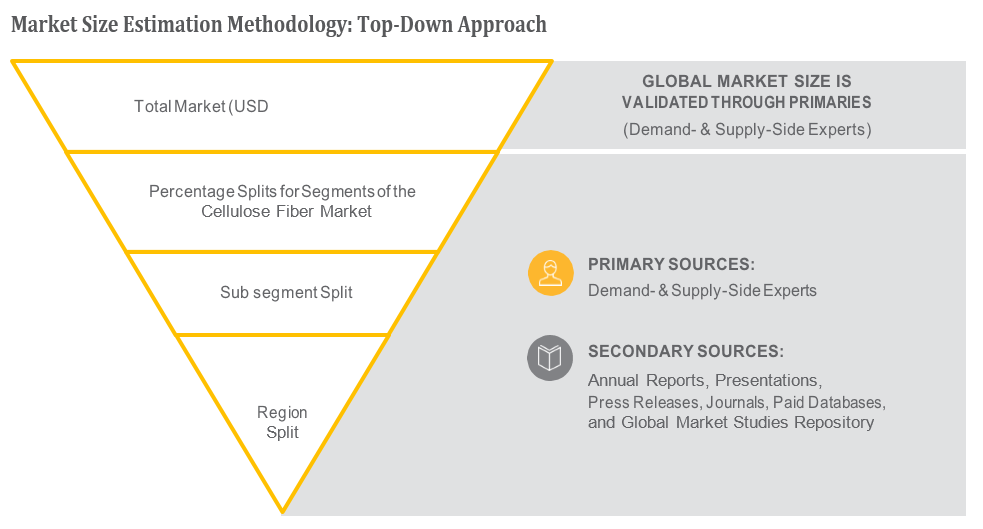
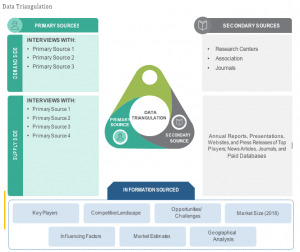
TABLE OF CONTENT
1 Global Wearable Medical Devices Market
1.1 Study Objectives
1.2 Market Definition
1.3 Study Scope
1.3.1 Markets Covered
1.3.2 Geographic Scope
2 RESEARCH METHODOLOGY
2.1 Research Data
2.1.1 Secondary Data
2.1.1.1 Key Data From Secondary Sources
2.1.2 Primary Data
2.1.2.1 Key Data From Primary Sources
2.1.2.2 Key Industry Insights
2.1.2.3 Breakdown of Primaries
2.2 Market Size Estimation
2.2.1 Bottom-Up Approach
2.2.2 Top-Down Approach
2.3 Market Breakdown and Data Triangulation
2.4 Research Assumptions
3 Global Wearable Medical Devices Market – Executive Summary
3.1 Market Revenue, Market Size and Key Trends by Company
3.2 Key Trends by type of Application
3.3 Key Trends segmented by Geography
4 Global Wearable Medical Devices Market – Comparative Analysis
4.1 Product Benchmarking – Top 10 companies
4.2 Top 5 Financials Analysis
4.3 Market Value split by Top 10 companies
4.4 Patent Analysis – Top 10 companies
4.5 Pricing Analysis
5 Global Wearable Medical Devices Market – Industry Market Entry Scenario
5.1 Regulatory Framework Overview
5.2 New Business and Ease of Doing business index
5.3 Case studies of successful ventures
5.4 Customer Analysis – Top 10 companies
6 Global Wearable Medical Devices Market – Market Forces
6.1 Introduction
6.2 Market Dynamics
6.2.1 Drivers
6.2.2 Opportunities
6.2.3 Challenges
6.3 Porters Analysis of Market
6.3.1 Bargaining power of suppliers
6.3.2 Bargaining powers of customers
6.3.3 Threat of new entrants
6.3.4 Rivalry among existing players
6.3.5 Threat of substitutes
7 Global Wearable Medical Devices Market – Strategic Analysis
7.1 Value Chain analysis
7.2 Product Life Cycle
7.3 Supplier and distributor analysis (Market share and product dealing strategies)
8 Global Wearable Medical Devices Market – By Type (Market Size – & million/billion)
8.1 Activity Monitors
8.2 Smart Watches
8.3 Smart Clothing
8.4 Paches
9 Global Wearable Medical Devices Market – By Distribution Channel
9.1 Pharmacies
9.2 Online Channel
9.3 Hyper Markets
10 Global Wearable Medical Devices Market – By Device type
10.1 Diagnostic & monitoring devices
10.1.1 Vital signs monitoring devices
10.1.2 Glucose monitoring devices
10.1.3 Sleep Monitoring Devices
10.1.4 Fetal monitoring & obstetric devices
10.1.5 Neuromonitoring devices
10.1.6 Other
11 Global Wearable Medical Devices Market – By Application
11.1 Sports & Fitness
11.2 Home Healthcare
11.3 Ear Wear
11.4 Remote Patient Monitoring
12 Global Wearable Medical Devices Market – By Geography (Market Size – & million/billion)
12.1 Introduction
12.2 North America
12.2.1 US
12.2.2 Canada
12.2.3 Mexico
12.3 Europe
12.3.1 U.K
12.3.2 Germany
12.3.3 Italy
12.3.4 France
12.3.5 Spain
12.3.6 Rest of Europe
12.4 Asia-Pacific
12.4.1 China
12.4.2 Japan
12.4.3 India
12.4.4 South Korea
12.4.5 Rest of APAC
12.5 Rest of the World
12.5.1 South America
12.5.2 Middle East
12.5.3 Africa
13 Global Wearable Medical Devices Market – Entropy
13.1 New product launches
13.2 M&A’s, collaborations, JVs and partnerships
14 Global Wearable Medical Devices Market Company Profile (Key Players)
14.1 Market Share, Company Revenue, Products, M&A, Developments
14.2 Fitbit
14.3 Philips
14.4 Garmin
14.5 Drägerwerk
14.6 Lifewatch
14.7 Polar Electro
14.8 World Global Network [Wor(L)D]
14.9 Nokia Technologies
14.10 Omron
14.11 Jawbone
14.12 Company 11 & more
15 Global Wearable Medical Devices Market – Appendix
15.1 Sources
15.2 Abbreviations













